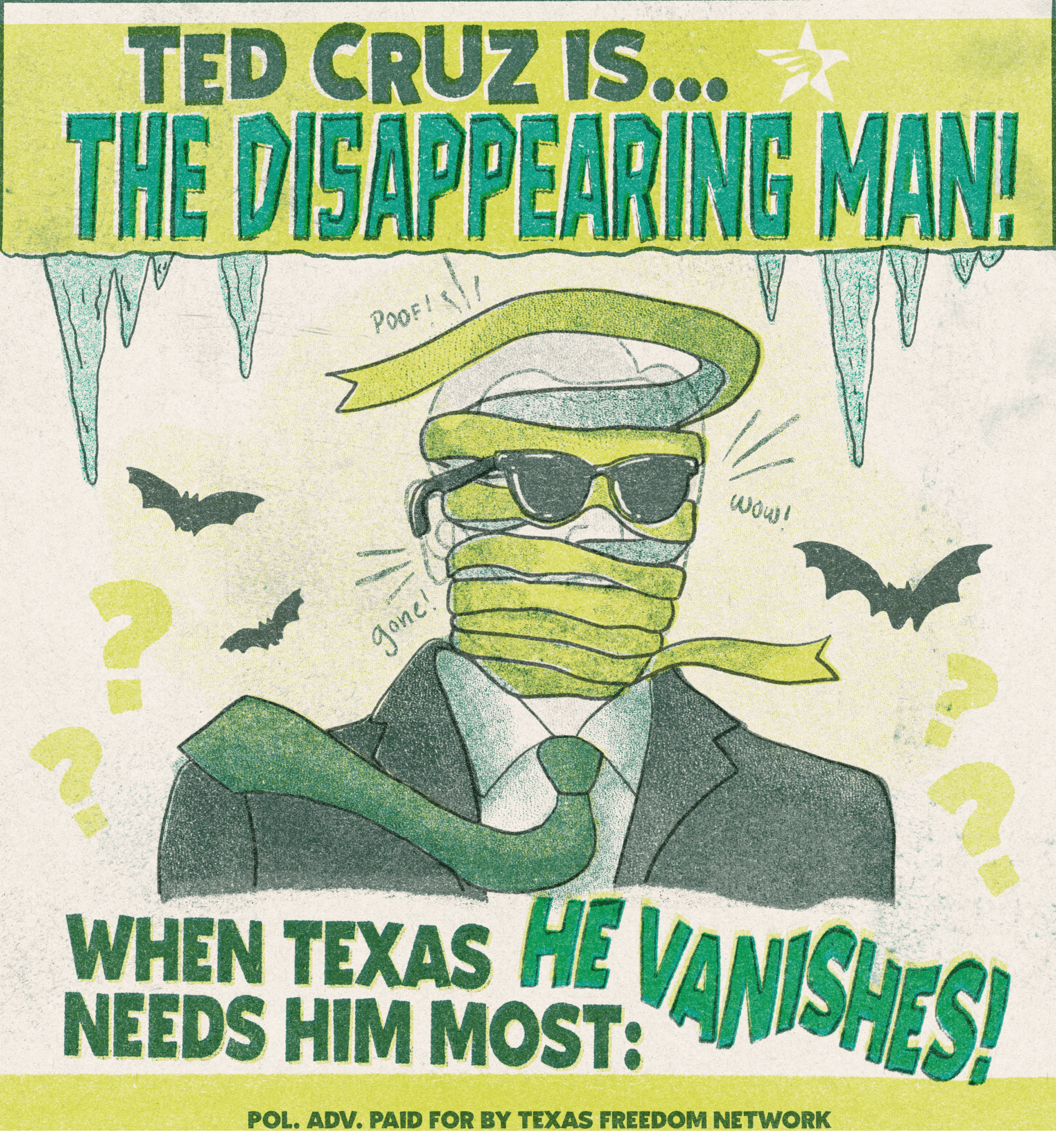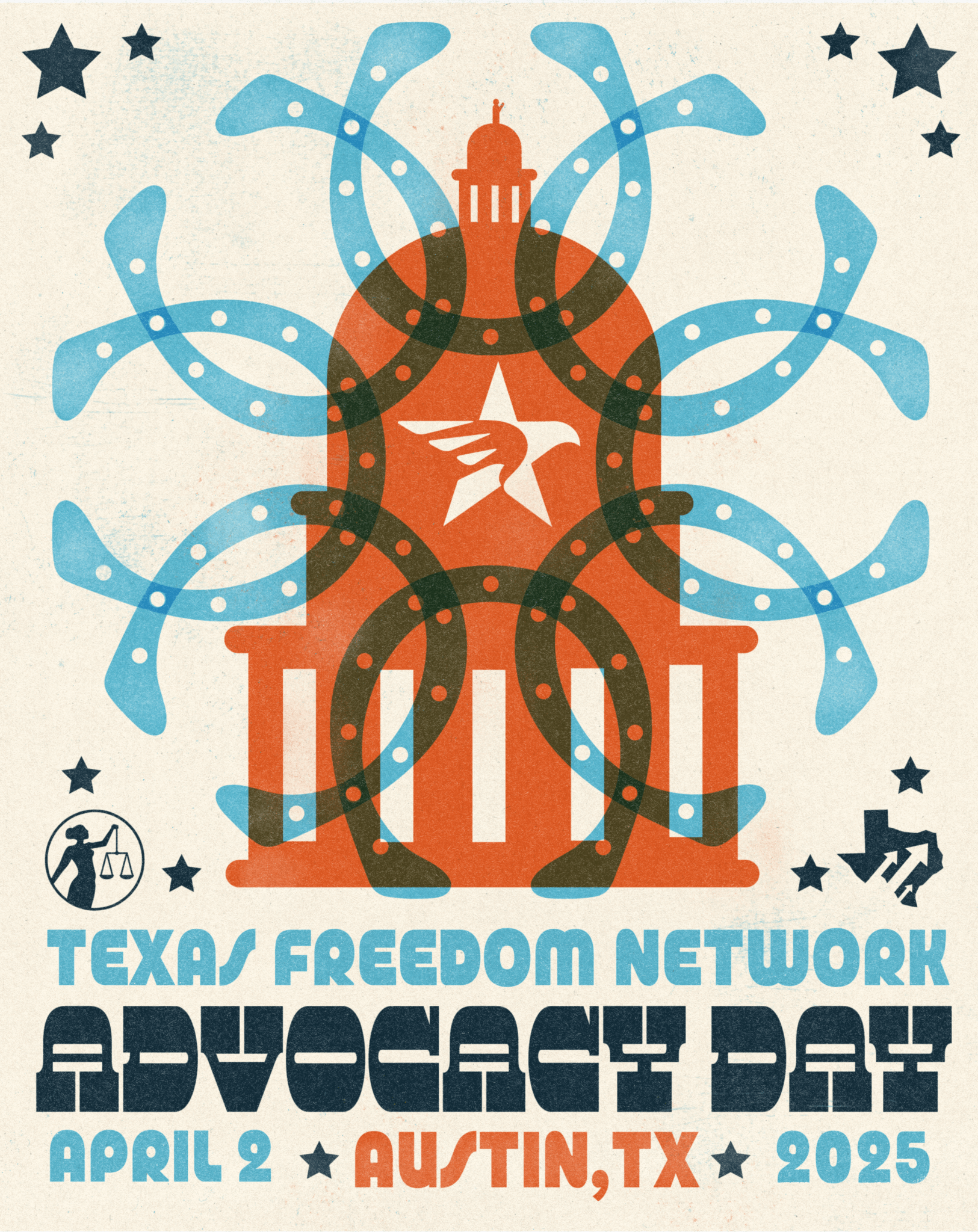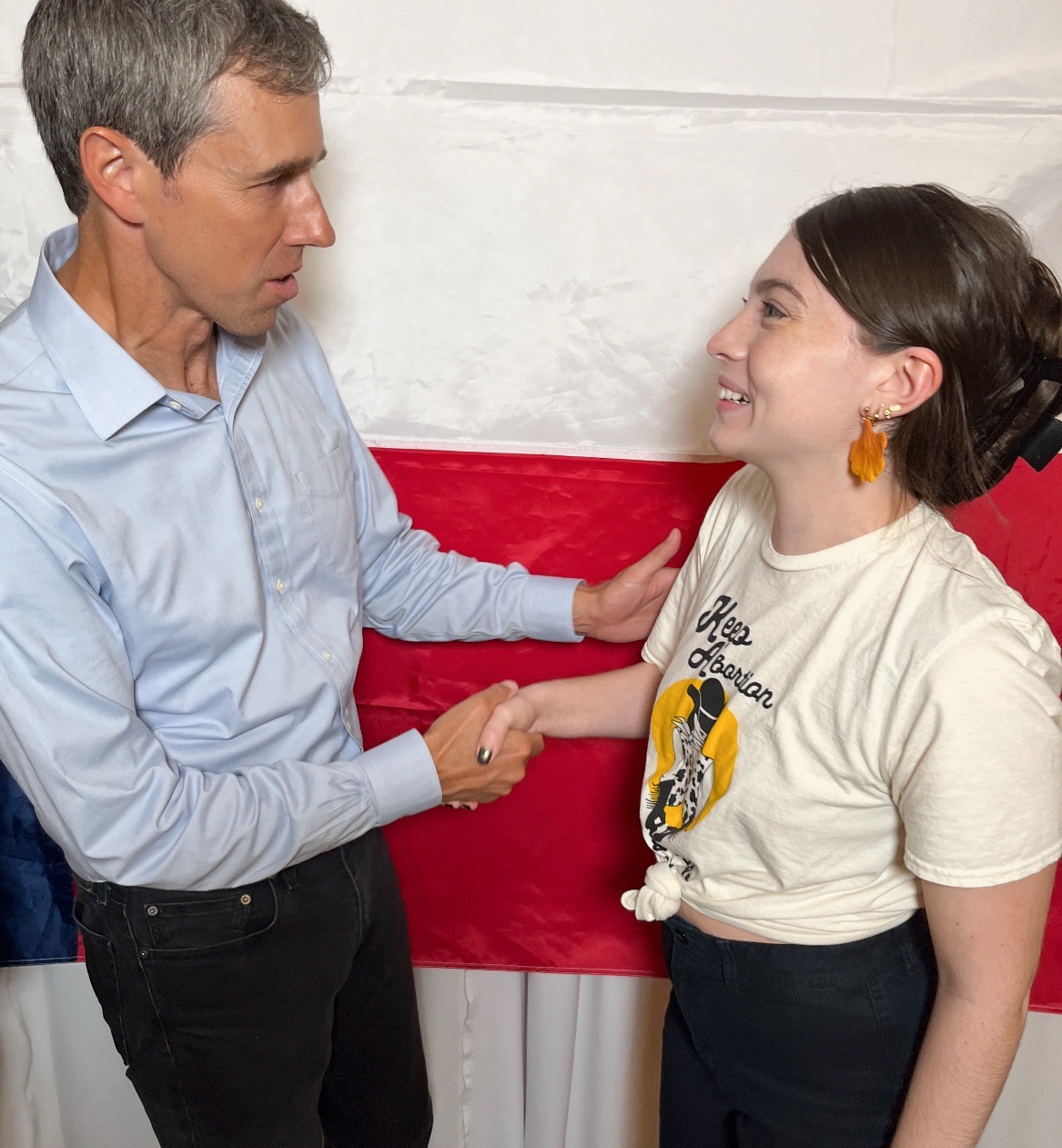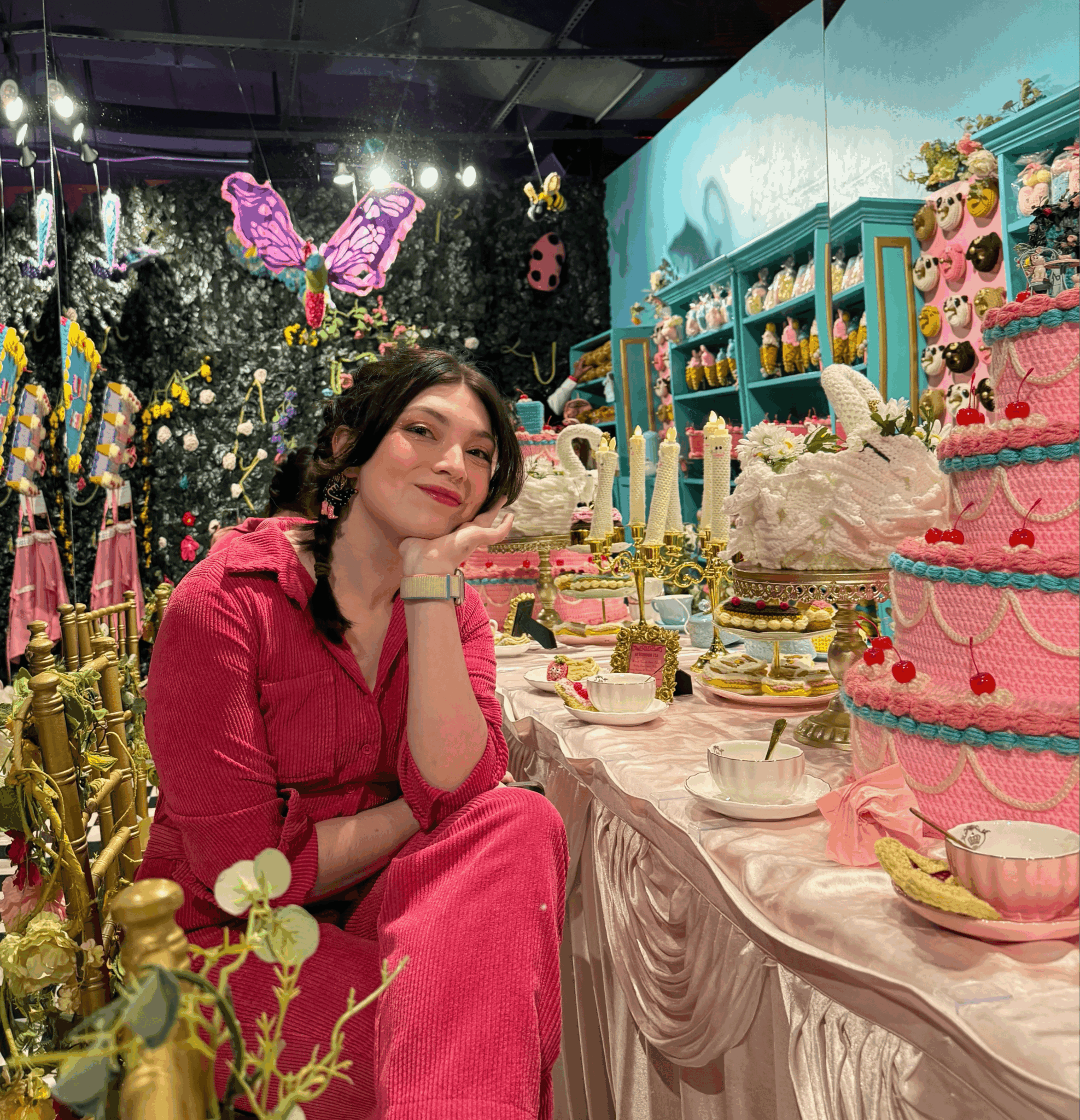We’re excited to introduce you to the always interesting and insightful Maya Ferrer. We hope you’ll enjoy our conversation with Maya below.
Maya, thanks for joining us, excited to have you contributing your stories and insights. Let’s start with what makes profitability in your industry a challenge – what would you say is the biggest challenge?
The arts are widely regarded to be the least profitable industry to pursue, but I believe that when people think about the design industry, there’s a tendency to hold a very narrow view of what it means to be a designer.
Wherever you are as you read this, take a moment to take in the world around you. What do you see? Posters? Books? Magazines? Album covers? Whatever it may be, there is an artist somewhere who made that for you. Graphic designers and artists are a deeply integral part of our daily lives, so why is our society dead set on disinvesting from the arts? WHY do we consider art to be “not a real job?”
I can’t answer those questions, but I CAN tell you that being an artist is absolutely a real job, and you can definitely make a living as an artist if you expand your view of what that looks like. For a lot of creatives, I think the barrier to making art a profitable, full-time job is sometimes being able to find the niche that you fit into. At its core, to create art is to influence the appearance of the world around you. What do you want to tell people with your work? What do you want the world to look like?
I came into the nonprofit design world because I became deeply passionate about climate organizing, and I came across the Climate Action Venn Diagram by Dr. Ayana Elizabeth Johnson, which encourages you to consider three things:
What brings you joy?
What are you good at?
What work needs doing?
This model is geared towards climate justice, but is excellent for almost any avenue of social and political change. If you are an artist looking for an outlet to use your talents for progressive change, there is a job for you.
I’ve known from a very young age that I wanted to be an artist, and art is what brings my the most joy. I also consider myself to be pretty good at being an artist (sometimes), and I knew that I wanted to be able to use my skills to push towards progressive change, which is how I landed where I am now: the in-house graphic designer for Texas Freedom Network!
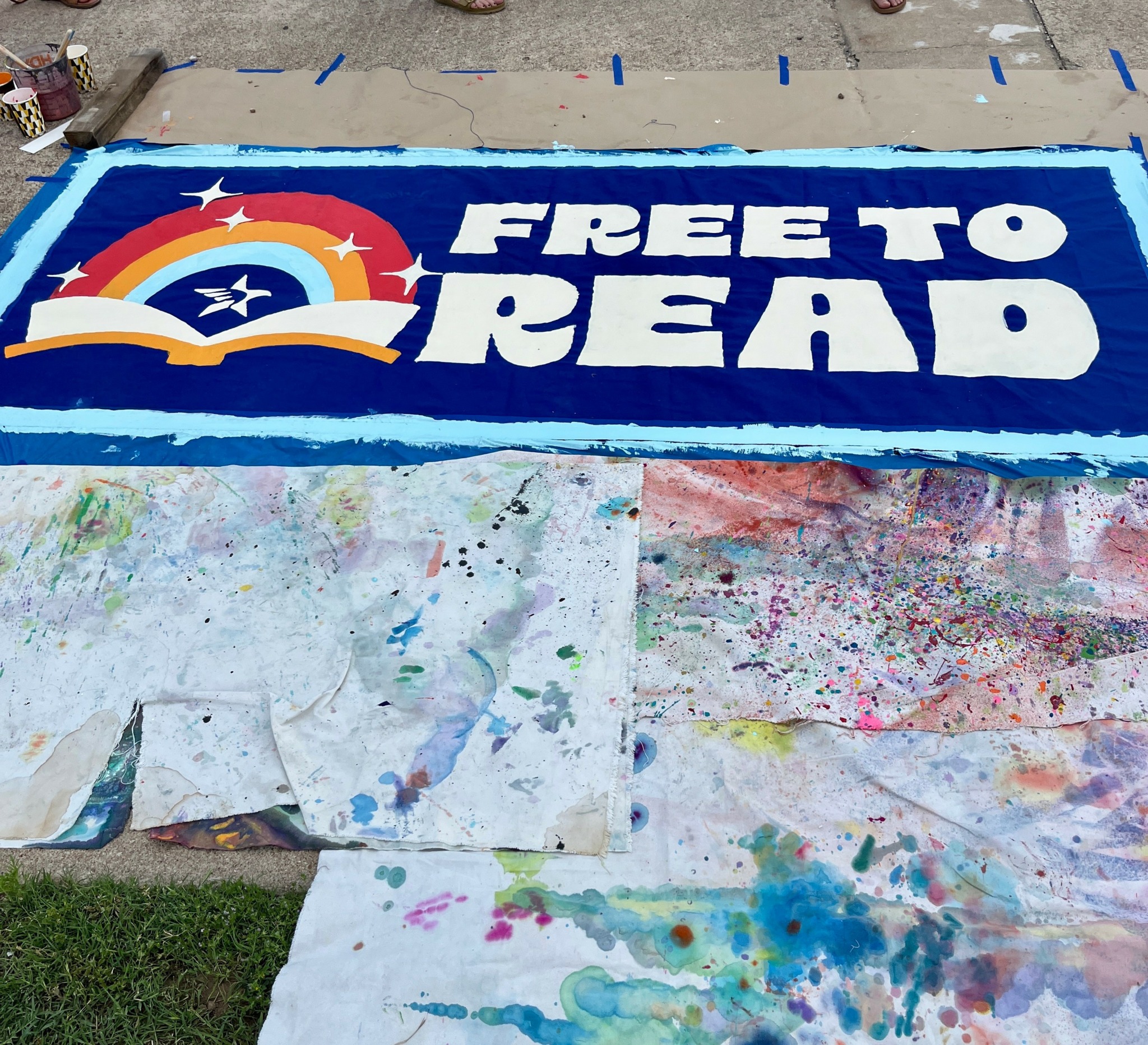
Maya, love having you share your insights with us. Before we ask you more questions, maybe you can take a moment to introduce yourself to our readers who might have missed our earlier conversations?
Since I can remember, I’ve always wanted to be an artist of some kind.
My background is in performing arts– I got my BFA in Acting and minored in Costume Design, but I finished college in the midst of the pandemic, which led me to pursue more of a visual arts path. I found myself in the graphic design industry while volunteering with several nonprofits, because at that time, many organizations were looking for artists who could engage the community visually through banners, posters, protest signs, and things of that nature. Thinking back, banners specifically are what brought me into the industry, because I had studied costuming, and I was able to hem the fabric, add grommets, AND design the images on the front.
As a designer and illustrator, I specialize in work with nonprofits who engage in political and social justice work. Art is such a critical part of being able to connect and resonate with a wide audience, especially among younger generations who connect heavily through visual communication on social platforms. I use nostalgia as a guiding principal for the work I do, because I believe that by leaning into an aesthetic that older generations feel connected to while bringing forth ideas and content that younger generations care about is a truly inclusive and effective method of storytelling.
Political conversations can be dense and confusing, but our job as visual artists is to convey core messages in a way that is easy to understand, easy to share, and empowers the audience to take action.
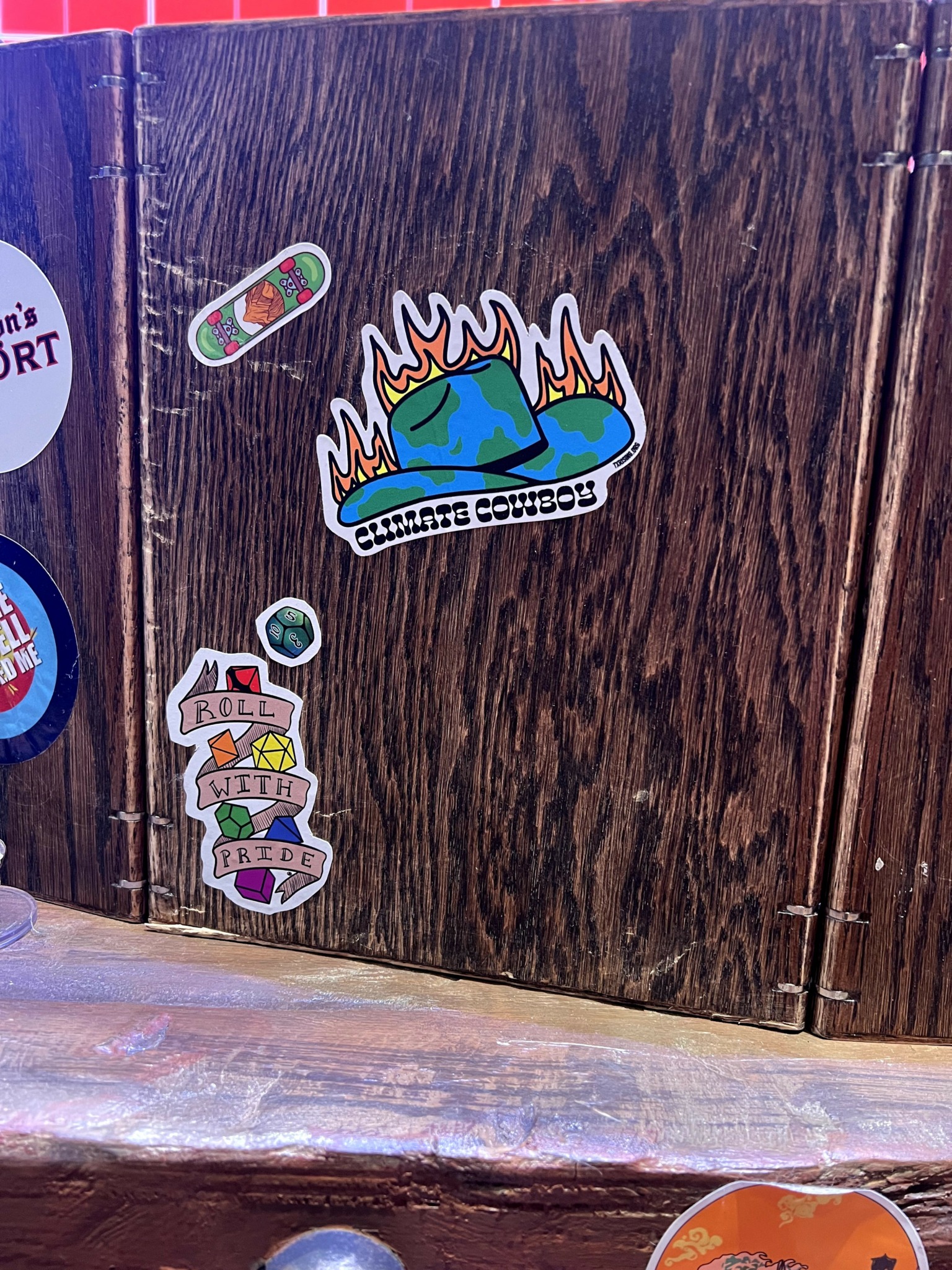
Do you think there is something that non-creatives might struggle to understand about your journey as a creative? Maybe you can shed some light?
Absolutely! Being a creative is a very challenging job. As I’ve mentioned, both social and financial divestment from the arts have created the idea that being an artist is not a “real job,” which I believe has been SO detrimental to the arts industry. From a practical standpoint, I have the job of communicating really big ideas in a very simple way, and there are days where I simply have no ideas left. The journey from a concept to a final product or campaign is usually a very long and winding road, and requires not only artistic ability, but also a deep understanding of the issues you’re discussing, and the audience you’re aiming to reach. Graphic design is often considered to be an “extra” or a “service” to a larger industry, but the design of a brand, a company, or a campaign, is the audience’s first impression of it! It’s a big thing to carry.
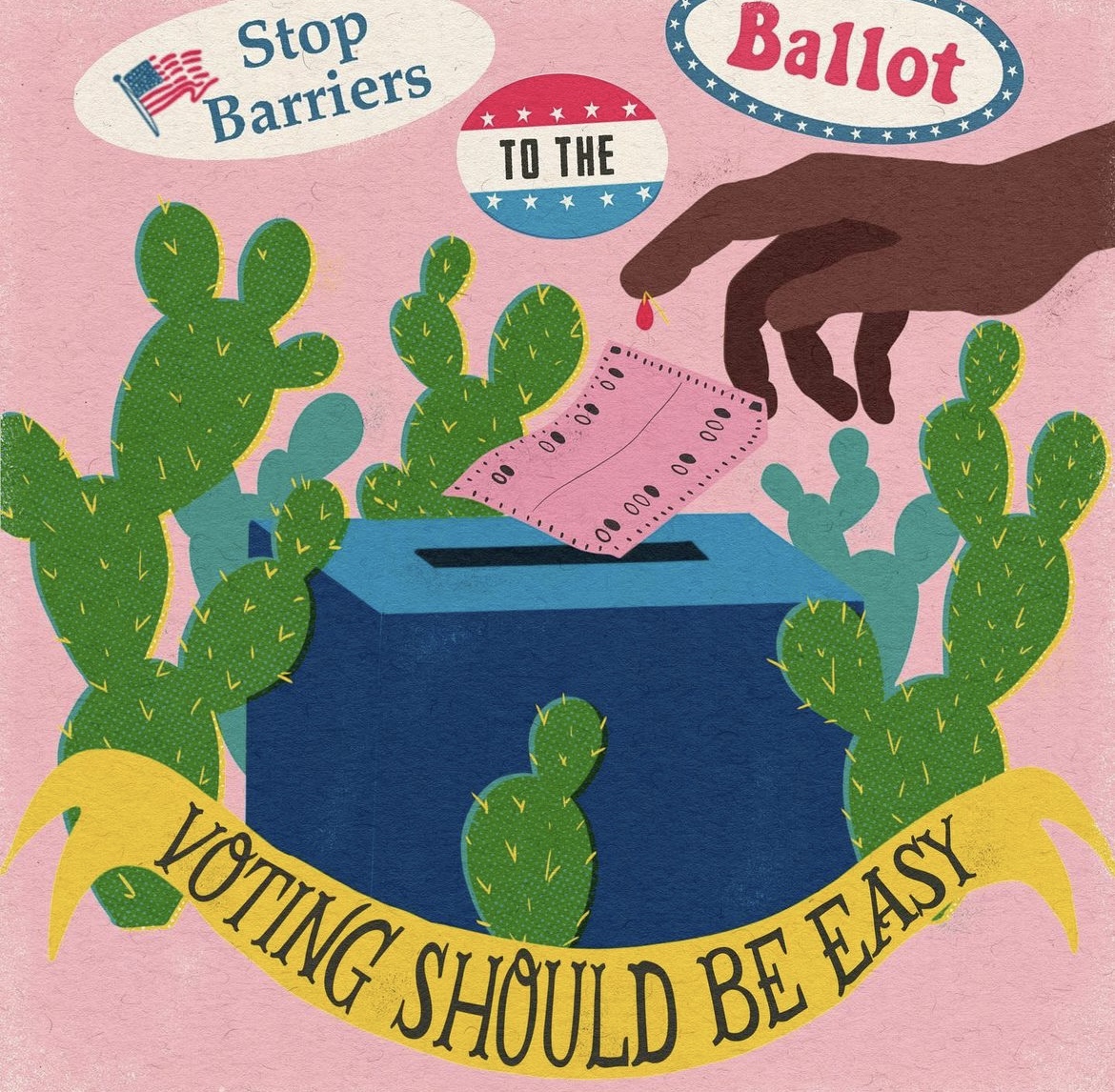
What’s the most rewarding aspect of being a creative in your experience?
For me, the most rewarding thing is being able to see others connect with the work that I’m doing, especially if it has inspired them to become more involved in issues that they care about. A successful visual campaign around a political candidate or around a piece of legislation is so rewarding not only when it leads to a win, but also when it has helped collect a larger audience around an issue. I don’t think I’ll ever stop being excited when I see someone with a sticker I’ve designed on their car or water bottle. It’s really a great feeling.
Contact Info:
- Website: https://msha.ke/mferrer
- Linkedin: http://www.linkedin.com/in/maya-ferrer
